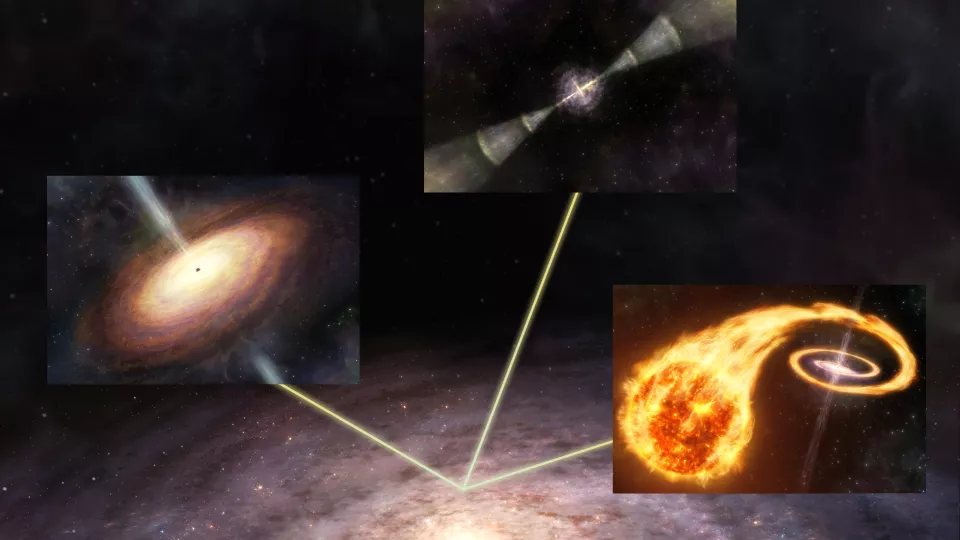It is well established that the universe is expanding. But with no landmarks in space, it is difficult to accurately measure how fast it is expanding. So, astronomers search for reliable landmarks.
The same way a candle looks fainter as it gets farther away, even though the candle itself hasn’t changed, distant objects in the universe look fainter. If we know the intrinsic (initial) brightness of an object, we can calculate its distance based on its observed brightness. Objects of known brightness in the universe that allow us to calculate the distance are called “standard candles.”
An international team ushered in a new research field by leveraging the use of a variety of new statistical methods to analyze data for various standard candles such as Supernovae, Quasars (powerful black holes consuming matter in the distant universe), and Gamma Ray Bursts (sudden flashes of powerful radiation).
Different standard candles are useful in different distant ranges, so combining multiple standard candles allowed the team to map larger areas of the universe.
The new results reduce the uncertainty of key parameters by up to 35 percent. More accurate parameters will help determine whether the universe will continue expanding forever, or eventually fall back in on itself.
"In an era of precision cosmology, in which we strive on reducing cosmological parameters, it is important to study the distances obtained by the different objects and check that statistical assumptions are valid”, says Maria Giovanna Dainotti, Assistant Professor at the National Astronomical Observatory of Japan, who led the team of scientists.
